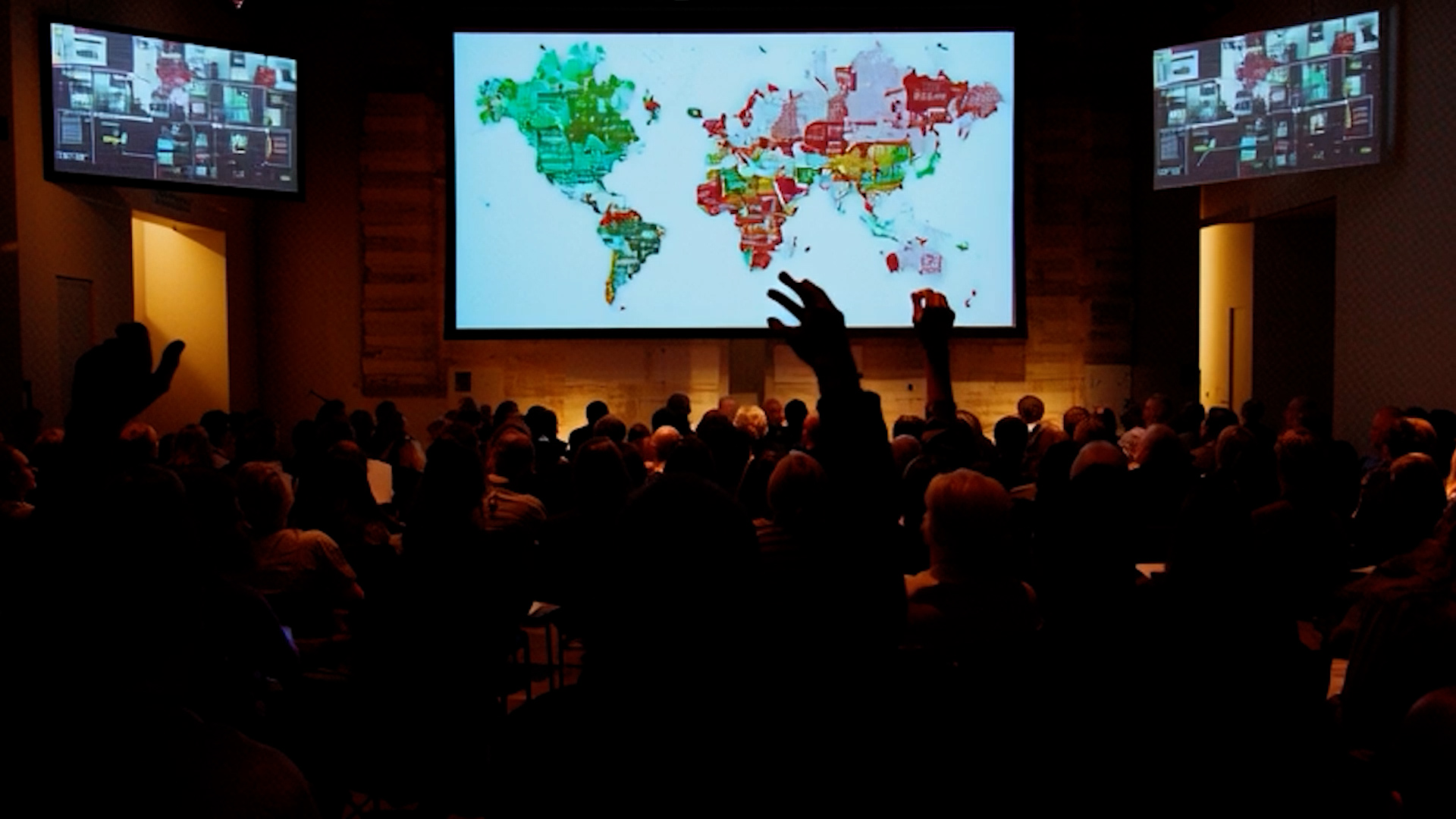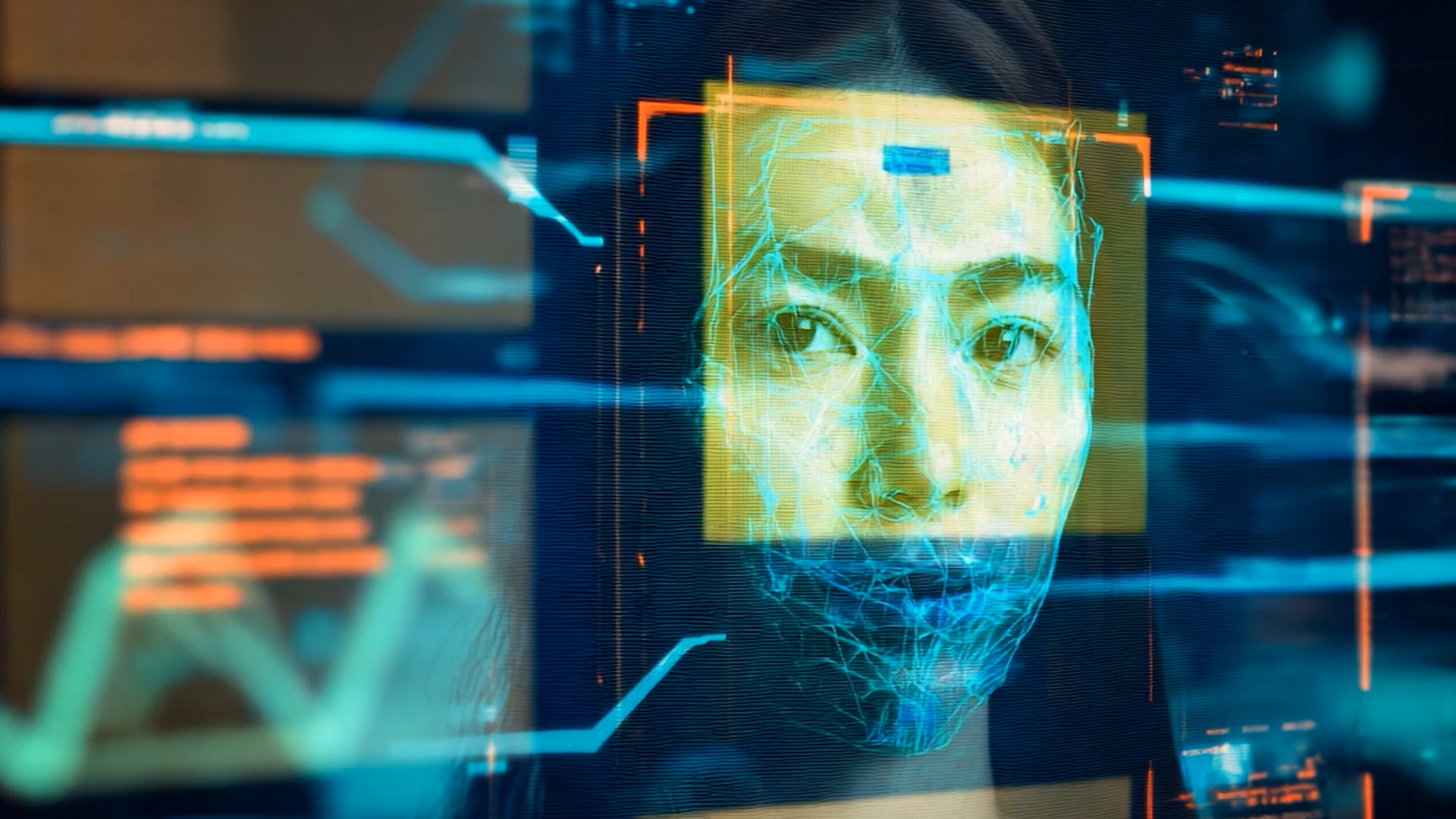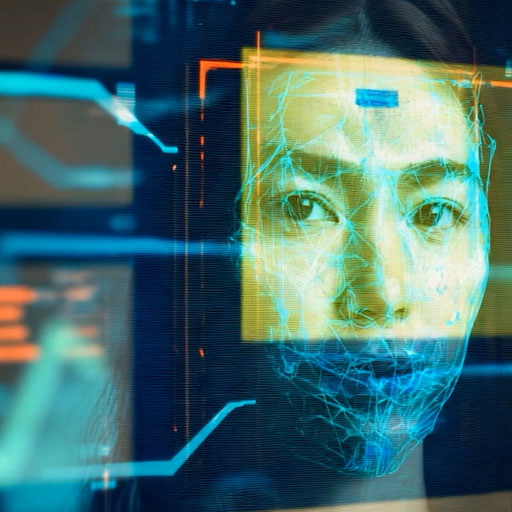The D/acc Pathway: A World Shaped by Decentralized, Democratic, Defensive Acceleration
What if AI progress moved fast — but power stayed distributed, and defensive tech kept pace with offense?
By 2035, critical systems are built to bend without breaking: AI networks are federated, energy runs on community microgrids, and production happens locally. Failures stay local, not global, and decision-making is open to everyone—though no one is forced to join. We didn’t get here by slowing down technology, but by accelerating the tools that defend, distribute, and empower. What would it take to make this future real?
How We Got Here:
The Path to d/acc (2025–2035)
The world you’ve just seen didn’t appear by accident. It grew out of repeated shocks, local failures, and deliberate choices to accelerate the tools that defend, distribute, and empower. Here’s how a decade of crises and responses added up to a d/acc future.
The Reality Check (2025-2027)

By the end of 2025, existing global stresses reached critical thresholds simultaneously, creating conditions that would eventually drive institutional transformation. Geopolitical tensions across multiple regions disrupted semiconductor supply chains just as AI training costs reached unprecedented levels. Climate impacts affected agricultural production across continents while energy systems strained under competing demands from AI infrastructure and adaptation needs.
Most significantly, several nations launched centralized AI governance systems. The Administrative Optimization Initiative in a major European democracy began using AI to streamline bureaucratic processes – automating permit approvals, resource allocation, and service delivery. Similar efficiency-focused AI systems deployed across Asia and North America started making thousands of micro-decisions daily, optimizing for measurable metrics like processing speed and cost reduction.

Crisis management approaches designed for sequential disruptions proved inadequate under concurrent pressures. Major cloud service outages during supply chain disruptions disabled critical infrastructure across multiple regions for extended periods. Parliamentary and congressional investigations revealed a deeper structural problem: administrative efficiency had created dangerous single points of failure. Tax systems, healthcare databases, and emergency services had all been consolidated onto shared platforms to reduce costs. When those platforms failed, entire regions lost access to essential services simultaneously. Meanwhile, AI development began exhibiting concerning market dynamics, with a handful of major technology companies controlling the majority of advanced AI capabilities, leading to coordinated pricing increases and restrictive licensing terms that locked out smaller competitors and developing nations.
Simultaneously, early decentralized alternatives began demonstrating superior resilience. Federated research networks maintained functionality during institutional disruptions. Community-operated microgrids provided power when centralized grids failed. Distributed financial protocols handled cross-border transactions more reliably than traditional banking during currency volatility. The contrast became impossible to ignore: systems designed with redundancy and distributed control consistently outperformed optimized but brittle centralized alternatives under stress.

The AI governance revelations catalyzed international frameworks restricting centralized autonomous systems in critical applications. Major insurance providers withdrew coverage for opaque AI systems deployed in essential infrastructure. Public confidence in centralized digital systems declined substantially across multiple democracies.
Crucially, this period saw both failures and successes. While centralized systems demonstrated brittle failure modes, distributed alternatives proved their reliability under stress, creating a clear institutional preference for architecturally decentralized approaches.
Foundation Building (2028-2030)

The response combined technological development with institutional innovation. As organizations sought to rebuild critical systems without recreating the same vulnerabilities, formally verified infrastructure based on systems such as seL4 became standard for critical applications globally, enabling the first trustworthy “AI Fiduciaries” — autonomous agents with mathematically provable operational constraints. The breakthrough occurred when edge computing infrastructure and federated learning methodologies converged with regulatory frameworks that favored distributed approaches. Community-operated computing cooperatives and energy-efficient inference systems fundamentally altered the economics of AI deployment across regions.

With traditional governance systems struggling to manage polycrisis conditions effectively, regulatory experimentation zones provided legal frameworks for testing alternative governance models across jurisdictions. The breakthrough came with interoperability standards that enabled different institutional frameworks to coordinate effectively without requiring universal consensus on values or approaches. Public goods funding mechanisms achieved global scale as governments and philanthropists recognized that market failures in critical infrastructure had contributed to systemic brittleness. Distributed funding systems created sustainable economic foundations for open-source infrastructure, legal frameworks, and scientific commons that market mechanisms had systematically undervalued.
The New Equilibrium (2031-2035)

AI agents with limited autonomy started operating within distributed economic frameworks and enabled novel forms of autonomous cooperation, solving coordination problems more efficiently than centralized bureaucratic structures. Privacy-preserving computation became standard infrastructure, enabling collaborative processes without requiring participants to surrender autonomy.
Cooperative security networks demonstrated superior effectiveness at threat containment compared to centralized authorities, transforming defense from static institutional models to dynamic, adaptive ecosystem approaches.

By 2035, transformation was uneven but significant. Infrastructure and finance had achieved mature hybrid operation. Governance experimentation was widespread but still early-stage. Healthcare and education remained heavily regulated with limited distributed alternatives. Science was beginning multi-track career transitions.
Early “compensating dynamics” emerged — initial mechanisms whereby attempts to accumulate excessive power triggered rebalancing responses from coalitions of other actors. This approach prioritized antifragile resilience over static stability, though the system remained far from fully mature coordination.
However, significant frictions remain:
- Coordination complexity: Managing thousands of overlapping governance systems creates substantial cognitive and administrative overhead
- Regulatory lag: Many domains remain constrained by slow-moving regulatory frameworks
- Jurisdictional ambiguity: Boundaries between different governance frameworks generate ongoing legal and practical conflicts
- Inequality of access: Well-resourced communities can afford superior distributed infrastructure, creating new forms of systematic advantage
- Security vulnerabilities: “Small-kills-all” threats from coordinated micro-agents require constant vigilance and rapid response capabilities
- Democratic legitimacy questions: Some distributed systems struggle to maintain democratic accountability as they scale
- Economic instability: Rapid institutional change creates ongoing uncertainty for long-term planning and investment
Why This Path Emerged
The Catalytic Factors:
- Demonstrated brittleness of centralized systems under sustained polycrisis conditions
- Technical maturation of privacy-preserving, distributed alternatives that proved operationally superior
- Economic necessity as liability costs and operational failures rendered centralization financially unviable
- Institutional legitimacy crisis regarding systems lacking transparency, auditability, or democratic accountability
The Essential Enablers:
- Formally verified infrastructure providing mathematical foundations for distributed trust
- Sustainable economic models supporting decentralized systems through diverse funding mechanisms
- Interoperability standards preventing fragmentation while preserving autonomy
- Incremental implementation through regulatory experimentation that demonstrated viability across different contexts
The transition to d/acc represented not an ideological transformation, but a pragmatic institutional evolution. Distributed alternatives became dominant not due to theoretical advantages, but because they consistently outperformed centralized systems at managing complexity, maintaining resilience, and preserving legitimacy under stress.
The World We Built
Infrastructure
Community-owned microgrids keep the lights on when national grids falter. Local manufacturing hubs produce critical parts during supply chain shocks. Defensive networks share real-time threat data, closing vulnerabilities before they spread.

Science
Federated research networks train shared AI models without centralizing sensitive data. Attribution tools credit contributions in real time, and open platforms speed discovery while filtering for misuse risks.


Healthcare
Patients control encrypted health data, granting access to doctors, AI advisors, or emergency responders as needed. Federated health networks develop vaccines and treatments in days without requiring central data hoards.

Governance
Hybrid systems combine local autonomy with interoperable protocols. Quadratic voting and participatory budgeting let communities steer resources directly, while AI-assisted councils coordinate across jurisdictions in crises.
Finance
Plural funding systems like quadratic funding and retroactive rewards support public goods. Proof-of-personhood protocols and local currencies strengthen resilience against both economic shocks and capture by large players.

Climate & Energy
Revenue-generating microgrids, community energy storage, and transparent carbon registries keep energy and climate systems both profitable and fault-tolerant.

Life in 2035
Most people work 25–30 paid hours a week across multiple roles — part of a co-op, a contract project, and a local enterprise. Community life often centers on shared infrastructure, from fabrication spaces to encrypted communication platforms. Privacy is the norm, participation in governance is optional but widely accessible, and failures tend to stay local rather than cascade globally.
Unfinished Questions
- Can decentralized systems scale fast enough in global crises?
- Will all communities gain equal access to resilient infrastructure, or will gaps widen?
- Who governs the shared protocols that make interoperability — and thus the whole system — possible?
Looking Ahead
This is not a prediction, but one plausible future — shaped by the belief that the speed of progress doesn’t have to mean the concentration of power. The open question is whether distributed systems can stay ahead of the threats they were built to counter, and whether the cooperative fabric can hold under sustained pressure.
If you want to explore the details, from the decade-long timeline to the tensions that could tip this path in new directions, you can:
- Read the full d/acc 2035 scenario
- Join the conversation on Metaculus, where you can forecast key milestones and compete for the $5,000 Commenting Prize